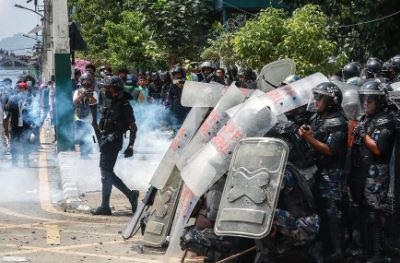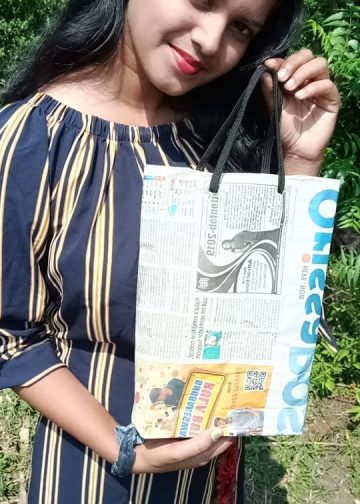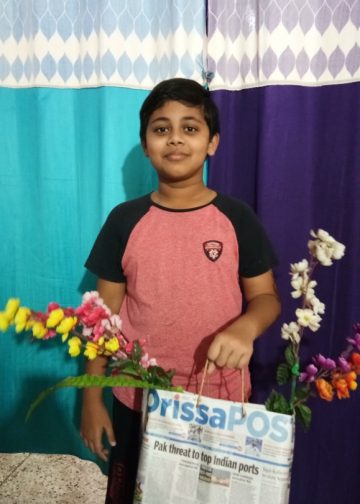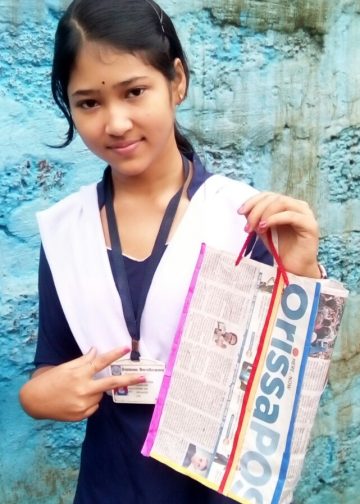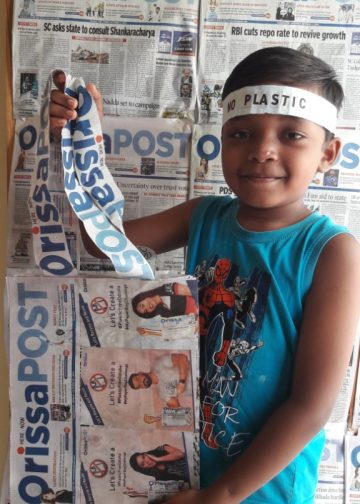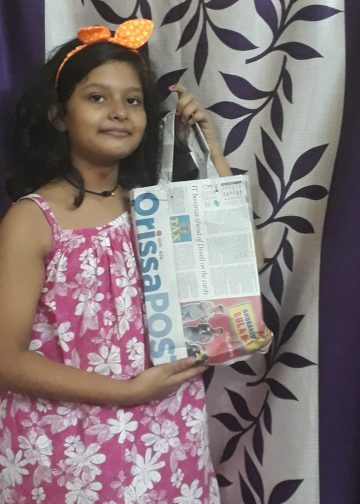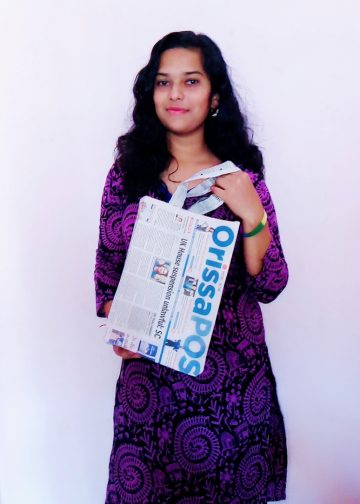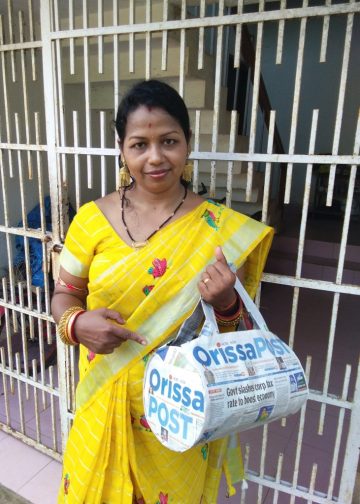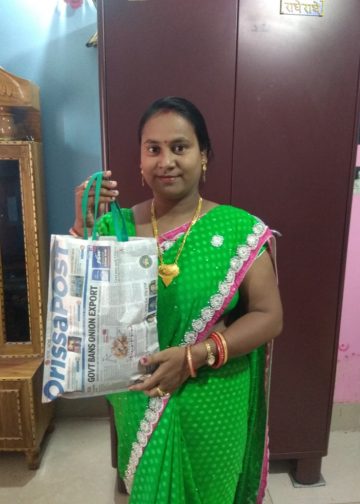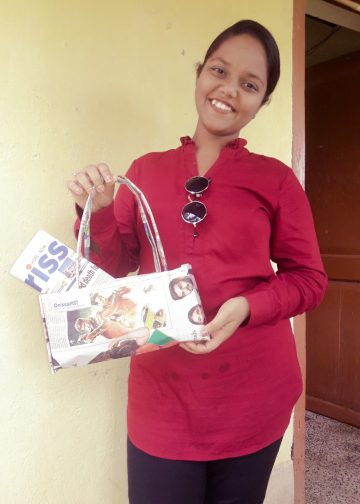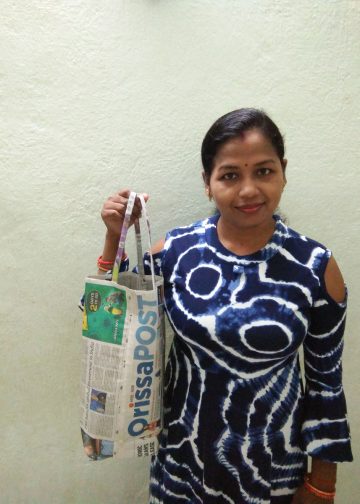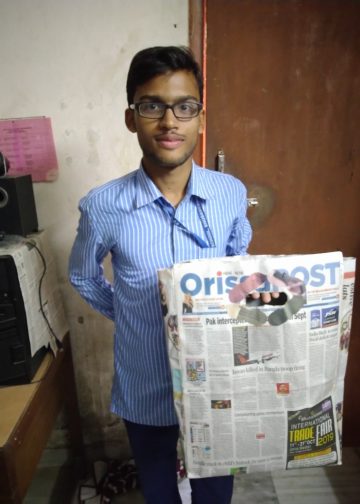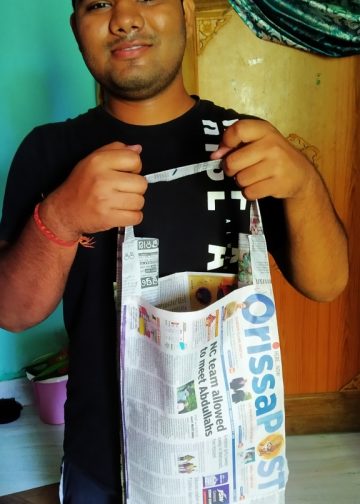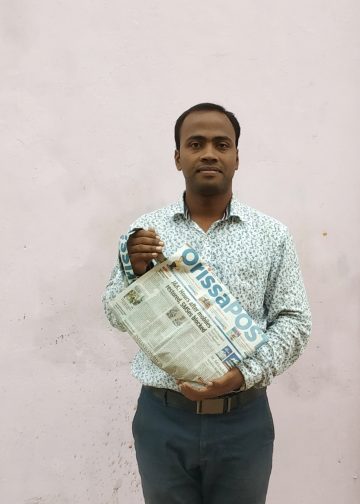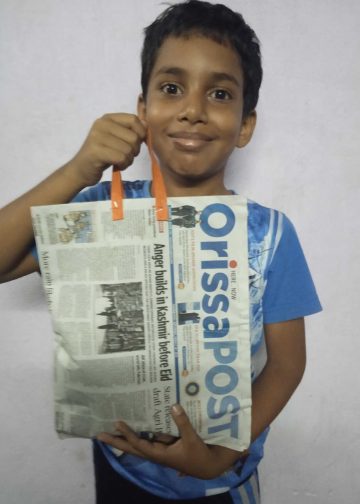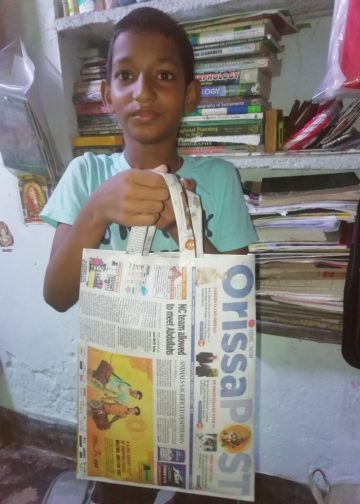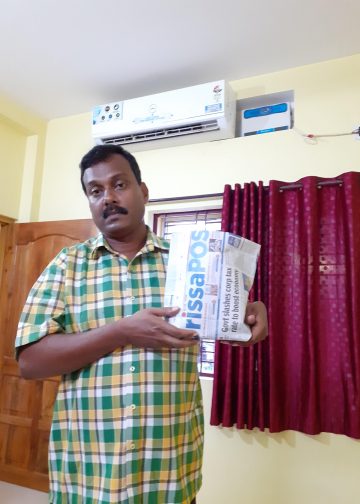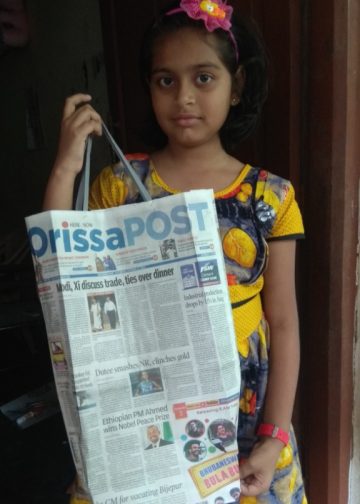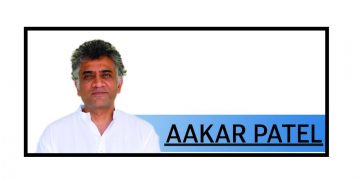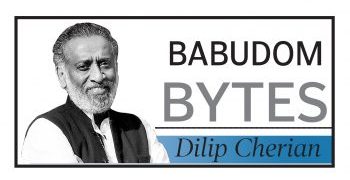Kathmandu: Violent protests by youths against a government ban on social media sites rocked Nepal Monday, with police’s use of force leaving at least 19 people dead and over 300 others injured, and Home Minister Ramesh Lekhak resigning over the situation.
The Nepali Army was deployed in the capital after the situation deteriorated. The army personnel have taken control of the roads surrounding the parliament complex in New Baneshwor.
Earlier, thousands of youths, including school students, under the banner of Gen Z, staged a massive protest in front of the Parliament in the heart of Kathmandu and shouted anti-government slogans demanding immediate revocation of the ban.
The demonstration turned violent when some protesters entered the Parliament complex, prompting police to use water cannons, tear gas, and live rounds to disperse crowds, eyewitnesses said.
Nepal Police spokesperson Binod Ghimire said 17 people were killed in clashes in various parts of Kathmandu during the rally, and two protesters died in Sunsari district of eastern Nepal in police firing.
The protests spread to Pokhara, Butwal, Bhairahawa, Bharatpur, Itahari and Damak.
Home Minister Ramesh Lekhak, who represented the Nepali Congress party in the coalition government led by Prime Minister K P Sharma Oli, resigned on moral grounds following the deadly clashes, the Nepali Congress sources said.
He submitted his resignation to Prime Minister Oli at a cabinet meeting held at the PM’s residence, Baluwatar, in the evening, according to a minister who attended the meeting.
Citing hospital officials, The Kathmandu Post newspaper reported that eight people died at the National Trauma Centre, three at Everest Hospital, three at Civil Hospital, two at Kathmandu Medical College, and one at Tribhuvan Teaching Hospital.
Citing the Ministry of Health, the paper said that hospitals across the country are treating at least 347 injured protesters – Civil Hospital 100, Trauma Centre 59, Everest 102, KMC 37, Bir Hospital six, Patan Hospital four, Tribhuvan Teaching 18, Norvic three, BP Koirala Institute of Health Sciences two, Gandaki Medical College one, Birat Medical College four, and Damak Hospital seven.
The Himalayan Times newspaper said that hospitals, including Civil Hospital and Trauma Centre, are struggling to accommodate patients and have begun referring them to other facilities.
Following the violence, the local administration imposed a curfew in several parts of the capital. Besides Kathmandu, curfew orders were issued in Lalitpur district, Pokhara, Butwal and Itahari of Sunsarai district.
“No movement of people, demonstration, meeting, gathering or sit-in will be allowed in the restricted zone,” Chief District Officer Chhabi Lal Rijal said in a notice.
The local administration later extended the restrictive order to various areas surrounding Rastrapati Bhawan, the Vice-President’s residence and the Prime Minister’s Office.
The government Thursday banned 26 social media sites, including Facebook, WhatsApp, X, Instagram and YouTube, for failing to register with the Ministry of Communication and Information Technology within the given deadline.
Although the government has clarified its stance that the social media sites were banned to bring them under regulation. But the general perception among the masses is that this will lead to an attack on free speech, and it may lead to censorship.
Prime Minister Oli Sunday said that his government would “always oppose anomalies and arrogance, and would never accept any act that undermines the nation”.
The prime minister said the party is not against social media, “but what cannot be accepted is those doing business in Nepal, making money, and yet not complying with the law.”
Referring to the criticism over the move, he called protesters and agitating voices “puppets who only oppose for the sake of opposing”.
Dozens of journalists demonstrated at Maitighar Mandala in the heart of Kathmandu Sunday, protesting the government’s decision to ban 26 social media platforms.
Separately, the Computer Association of Nepal (CAN) in a statement said that shutting down important platforms like Facebook, X, and YouTube all at once can have a serious impact on education, business, communication, and the daily lives of ordinary citizens.
“This move of the government also poses the risk of Nepal falling behind the world digitally,” CAN president Sunaina Ghimire said, adding that sufficient discussions should be held with stakeholders to bring practical solutions.
Another group of youngsters, who launched a campaign called “Nepo Kid” on various social media platforms, also joined the protests.
“Nepo Kid”, a social media trend, has become viral in recent days, with youngsters accusing the children of politicians and influential people of “enjoying privileges with money earned from corru

